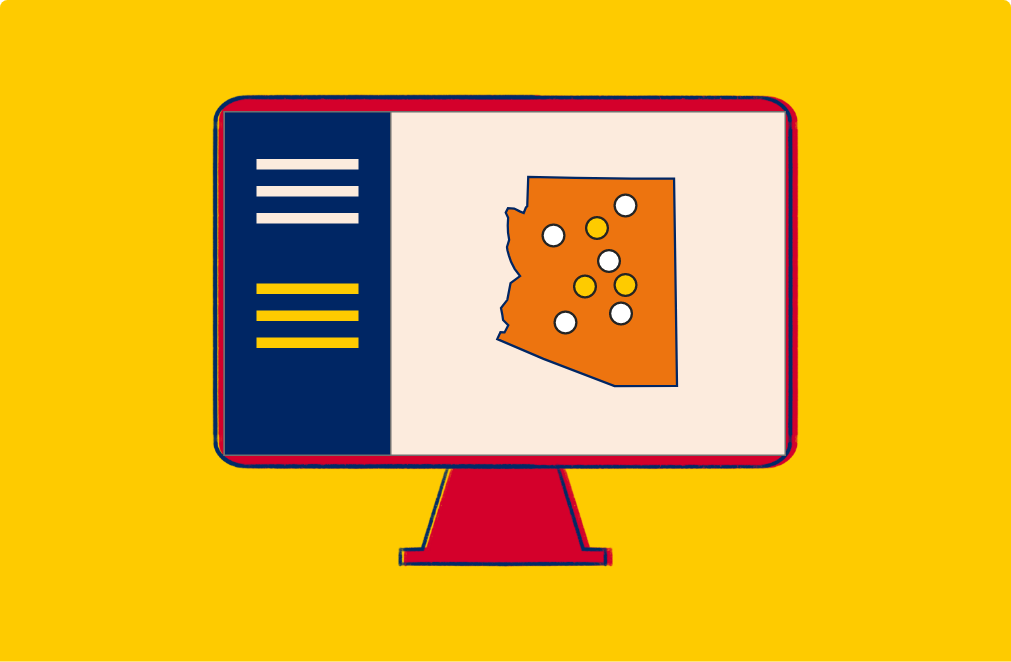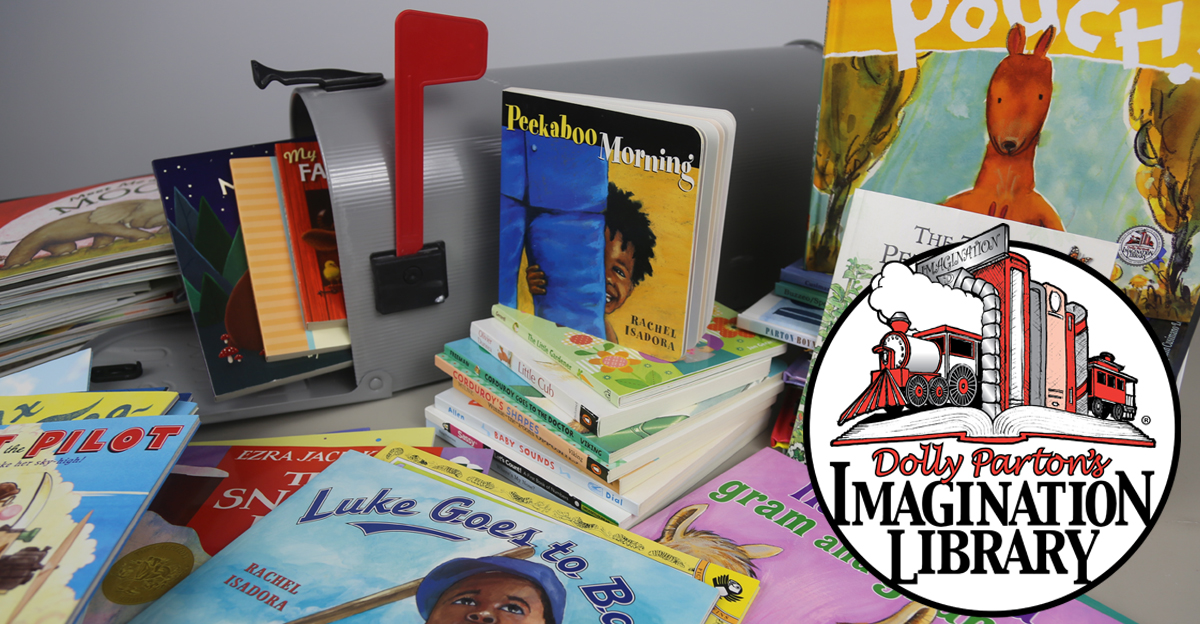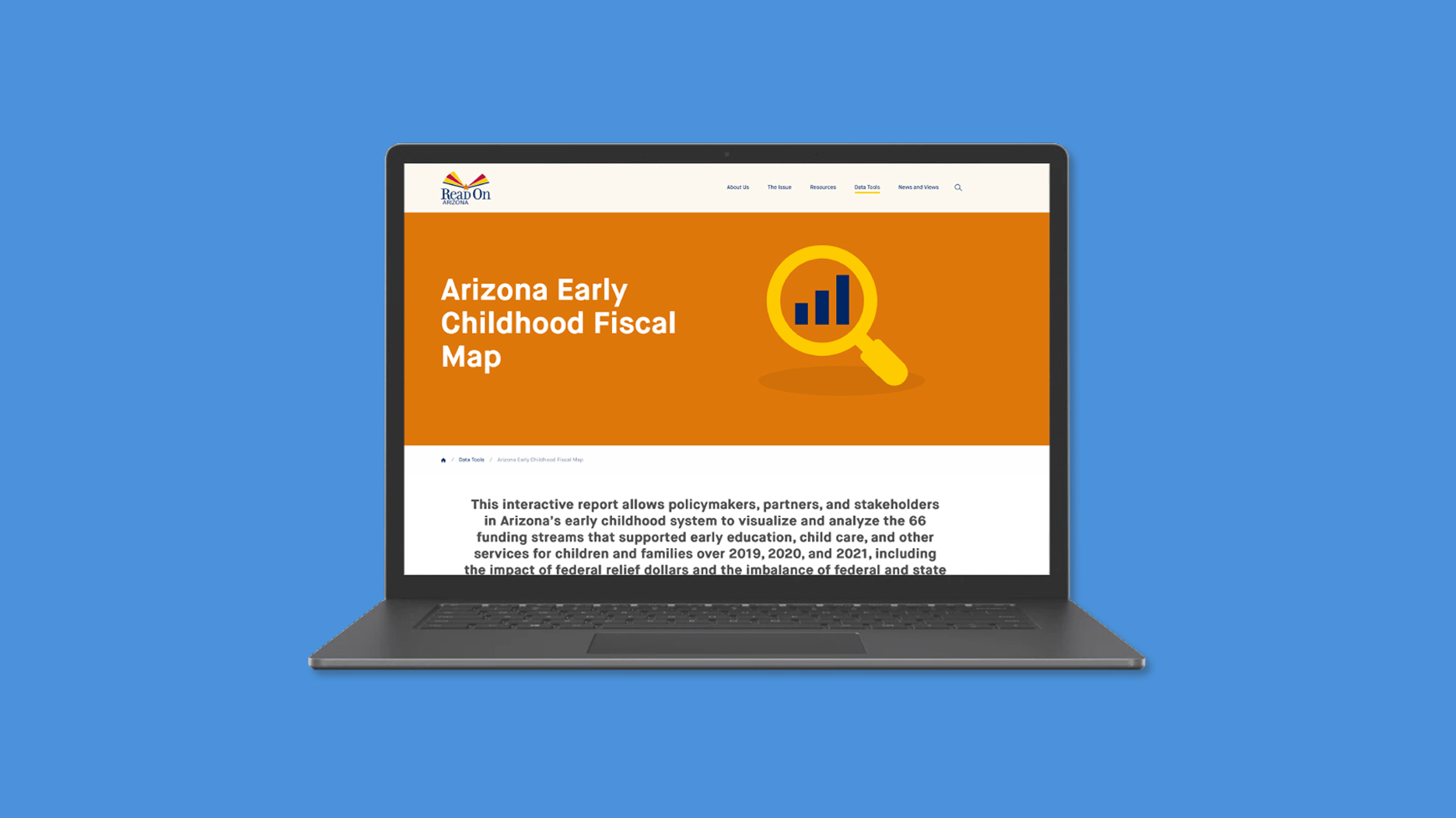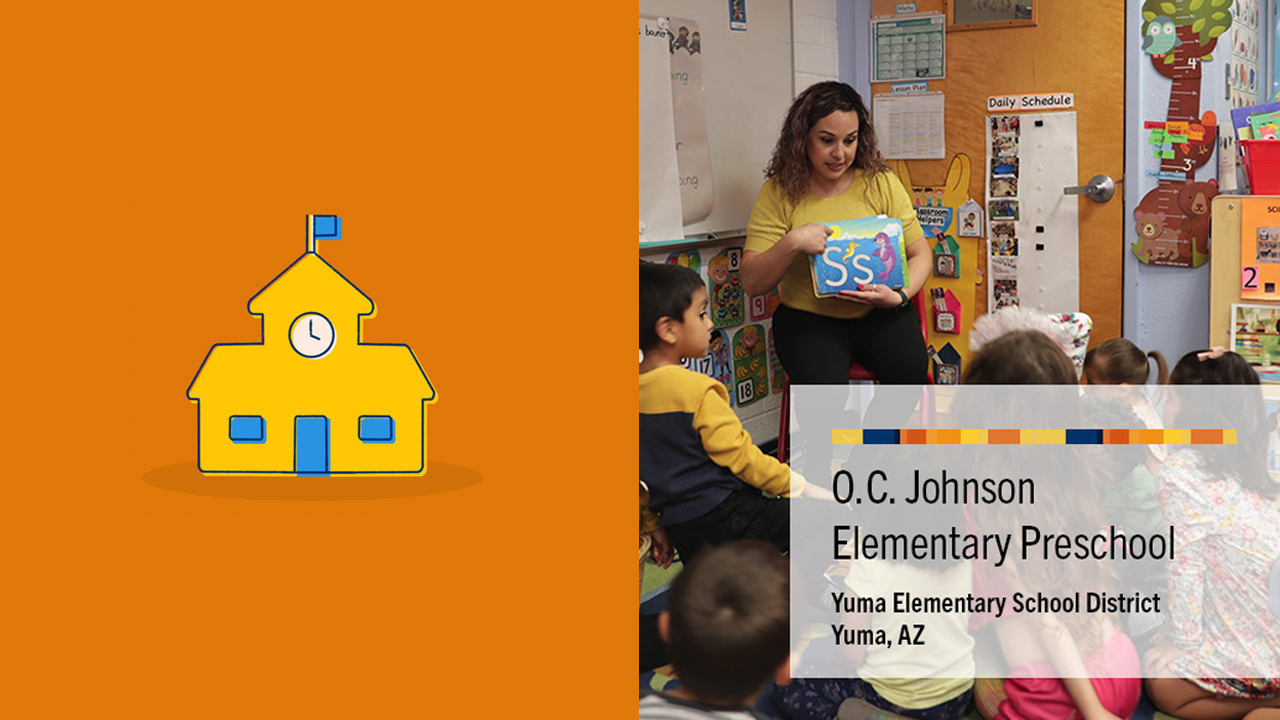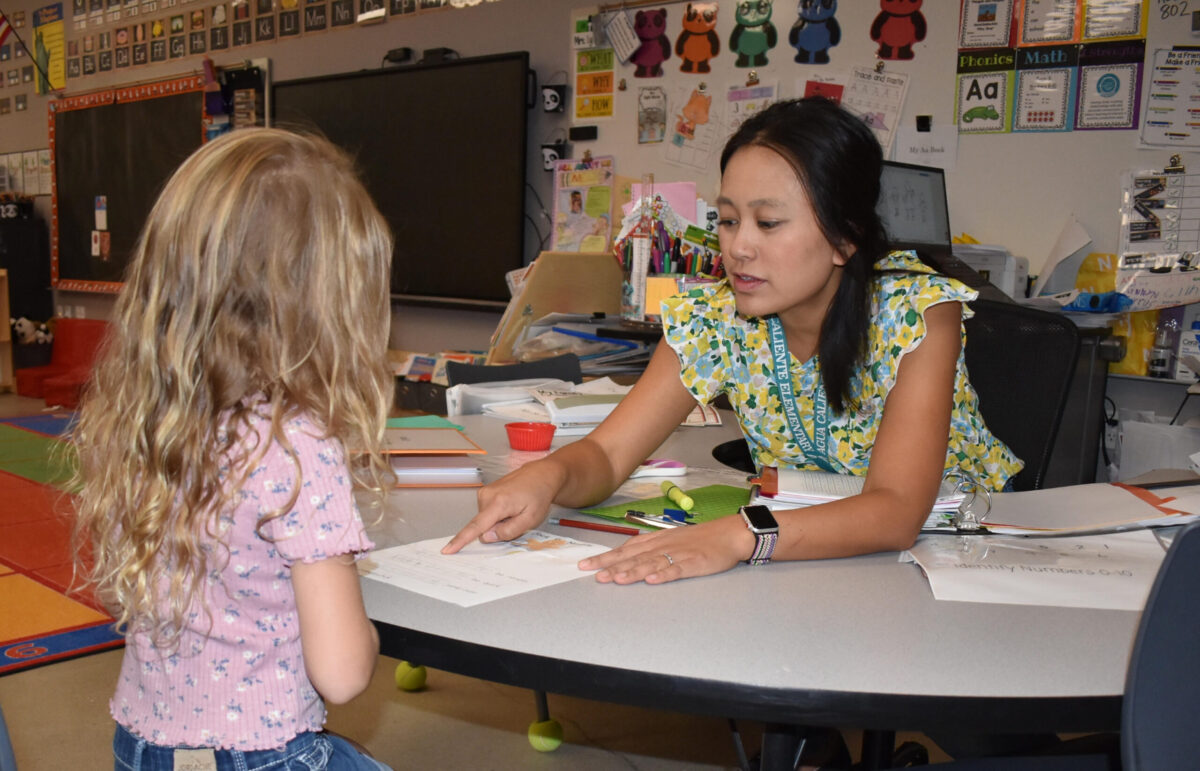October 13, 2014
Data
Highlights
- 16 percent more public schools in Arizona received an 'A' rating this year
- Students' pass rates in the state's math and reading tests are flat
- Arizona is showing improvement in third-grade literacy
Nearly a third of Arizona's public schools received an "A" letter grade this year, which is 16 percent more than last year, in part because of improvements among the state's lowest performing students and those learning English, according to data released Monday by the state Department of Education.
Of more than 1,700 district and charter schools in the state, 542 received an A. Thirty-three percent of schools received a B, 25 percent got a C and 10 percent got a D for 2013-14.
Overall, 65 percent of schools received an A or B this year, compared with 63 percent last year. And fewer schools had low grades — 35 percent earned a C or D, compared with 37 percent last year.
Twenty percent of schools improved their letter grade, 17 percent decreased and 63 percent maintained, according to the department. Statewide, 38 schools went up by two letter grades.
Many parents use the grades as a way to gauge the success of their school. Annie Gilbert, who has two sons at Chandler Prep charter high school, said the letter grades are an important factor parents use when choosing a school.
"I know parents look for them, and to make sure their schools are doing a good job compared with other schools," Gilbert said.
School letter grades are largely based on student scores on the Arizona's Instrument to Measure Standards tests, given every April. Half of the letter grade is based on how much students, including the lowest performers, improve. The grades also consider progress in reducing the number of dropouts and moving non-English speakers toward regular classes.
Last spring was supposed to be the final time for Arizona students to take the AIMS tests. The state is expected to adopt a new test this year that reflects new academic goals, called the Arizona College and Career Ready standards, which are designed to be more rigorous. The standards, part of the national Common Core initiative, were rolled out in all public-school classrooms in the state last year.
Although the overall pass rate for the AIMS was flat over last year, there are more A schools this year because of success in the English language-learner program and improvements among the lowest-scoring students, according to John Huppenthal, state superintendent of public instruction.
Statewide, the overall pass rate for AIMS math stayed at 61 percent, the same as last year. In reading, the pass rate increased 1 percentage point, to 79 percent.
The news was better for 10th-graders, especially compared with 2010. About 86 percent passed the reading test this past spring, compared with 77 percent in 2010. For math, it was 64 percent for this year compared with 58 percent four years ago.
The state's push to ensure that all children can read by the end of third grade is starting to pay off. Overall, 2,206 of nearly 85,000 third-graders scored at the "falls far below" level on the AIMS reading test — 28 percent fewer than last year. Of those, 602 were subject to being held back in third grade under the new policy.
Move On When Reading, a law signed by Gov. Jan Brewer in 2010, requires third-graders who score in the "falls far below" category on the reading portion of the 2014 AIMS test to be held back until they can read at a third-grade level.
Many schools offered summer school or other programs to avert retention. Students' AIMS scores fall into four categories: falls far below, approaches, meets, and exceeds proficiency in the subject matter.
The Legislature allocated $40 million for remedial reading programs for kindergartners through third-graders, or about $130 for every K-3 student, starting with the 2012-13 school year.
Huppenthal said the reading gains are especially important.
"We've been able to get a consensus on the best ways to teach reading ... and we can see a huge dividend," he said.
The letter grades are given to both districts and schools. The Ash Fork Joint Unified School District, a small district west of Flagstaff, is the top-rated district this year, with a score of 165 out of 200.
Also in the top five were the Higley, Vail, Catalina Foothills and Cave Creek unified school districts.
Seth Staples, superintendent of Ash Fork, said no one expected the district to be so successful.
"Ash Fork had every reason to fail. We're 100 percent free and reduced (price) lunch," he said. "There is no choice in Ash Fork. We had to recognize that we're the only option.
"We focused on getting those kids who met the standards to exceed the standards," Staples said.
Thirty-eight schools improved by two letter grades, including Encanto School, a K-3 school in the Osborn School District in central Phoenix.
Osborn Superintendent Patricia Tate said scheduling time in the school day for teachers to collaborate was critical for the school's gains, as well as a teacher-created curriculum.
Among the state's charter schools, 73 percent either improved their grade or maintained an A or B rating, according to Ildiko Laczko-Kerr, vice president of academics for the Arizona Charter Schools Association.
That's important because, for the past year, the State Board for Charter Schools has started putting C-rated charter schools on "conditional renewal." Those schools must come up with an improvement plan and prove it's working or possibly face the loss of their charters.
There is no similar mechanism to close failing district schools.
Seventeen percent of all public schools declined at least one letter grade, and up to 70 are currently in the process of appealing a D or F letter grade, according to the state Department of Education.
The top-scoring school districts in the state:
- Ash Fork Joint Unified School District — 165.
- Higley Unified School District — 159.
- Vail Unified School District — 157.
- Catalina Foothills Unified School District — 155.
- Cave Creek Unified School District — 154.
- Queen Creek Unified School District -— 153.
- (tie) Chandler Unified, Glendale Union High School, Tanque Verde Unified — 149.
- (tie) Gilbert Unified, Deer Valley Unified, Litchfield Elementary, Benson Unified — 145.
The top-scoring charter networks in the state:
- Basis — 163.
- Arizona Agribusiness and Equine Center — 158.
- (tie) Legacy Traditional and Benjamin Franklin -— 151.
- Great Hearts — 150.
- Sonoran Science Academy -— 149.
- The Charter Foundation — 147.
- (tie) Ball Charters Schools and American Leadership Academy – 143.
(Charter networks have at least three sites and 800 students.)
